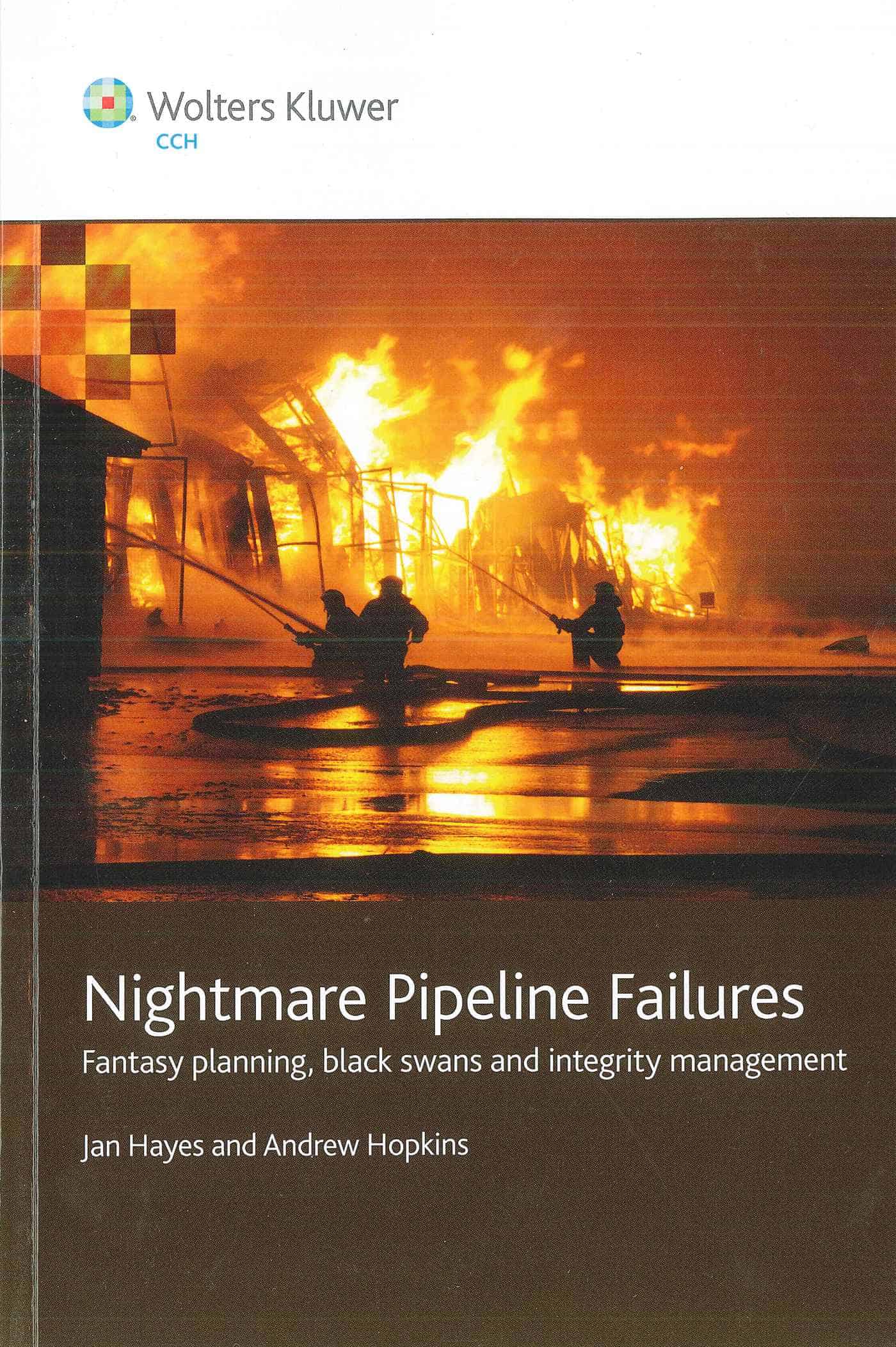On 16 January 2015 the Australian newspaper (paywall) reported on a Fair Work Commission (FWC) decision involving an unfair dismissal claim by a worker who, as a result of a random drug test, was found to have methylamphetamine in her system “at levels four times above the minimum detection level”. The company, Downer EDI Mining, sacked the worker, Leah Cunningham, as she presented a hazard to her work colleagues. The newspaper article was called “CFMEU slammed for drugs defence” and the FWC decision is Tara Leah Cunningham v Downer EDI Mining Pty Limited (U2014/1457) (14 January 2015).
The Australian, a newspaper with no love for the trade union movement and the CFMEU in particular, focussed on the apparent absurdity of a trade union, that places such a high priority on workplace safety, contesting the dismissal of a worker who presented a hazard to herself and others at work. The newspaper quotes Commissioner Ian Cambridge:
““It was highly regrettable to observe during the hearing that an organisation, which apparently conducts campaigns which strongly advocate safety in the workplace, could contemplate a proposition which, in effect, would countenance a person driving a 580-tonne truck whilst having methylamphetamine in their body at a level four times the reportable cut-off figure,” he said in his decision this week.
“Any realistic and responsible pursuit of the case on behalf of the applicant should have been confined to the development of evidentiary support for the applicant’s explanation for the presence of the methylamphetamine. Indeed, much greater energy and focus should have been devoted to such an evidentiary position rather than any attempt to defend the indefensible.”



![iStock_000002335978Small[1] asbestos](http://safetyatworkblog.files.wordpress.com/2012/04/istock_000002335978small1-asbestos.jpg?w=198) The following article illustrates how important it is for companies to maintain accuracy when writing a media release about safety laws. The internet allows for inaccuracies to become widely distributed and for these to gain some legitimacy through the re-publication on various OHS, magazine and news websites.
The following article illustrates how important it is for companies to maintain accuracy when writing a media release about safety laws. The internet allows for inaccuracies to become widely distributed and for these to gain some legitimacy through the re-publication on various OHS, magazine and news websites.